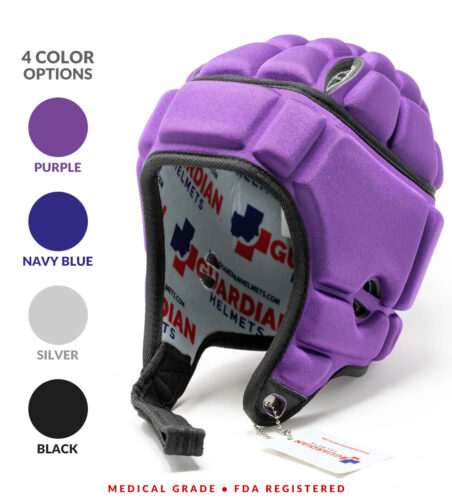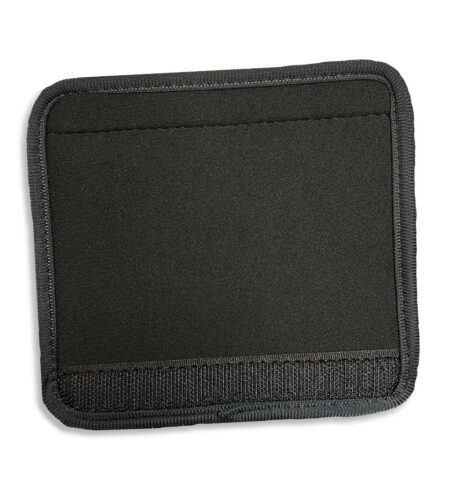You’ve just witnessed a family member or friend having their first seizure, and it was terrifying for both of you. You never expected it, and neither did the nearly 3 million Americans who have epilepsy. You’re both understandably scared and you don’t know what to do next.
First, just breathe. Try to calm down. Don’t panic.
When you’re calm, call 911. Since this is the first seizure, it should be treated as an emergency. In the hospital, the doctor will ask both of you what you recall about the seizure. The patient may not remember anything leading up to or during the seizure, so as a bystander, recall everything you can.
A neurologist will likely do a full neurological evaluation to find the root cause.
Think about the patient’s recent activity.
Seizures are sometimes a “one and done” event, called provoked seizures because they are caused by medication, fever, infection, heat stroke or even sleep disturbance. Has the person been sleeping well? Were they in extreme outdoor heat? Have they started any new medications or been ill with high fever or an infection? The doctor will ask, so try to remember all you can.
If the patient has recently started a new medication, the doctor might perform a drug and alcohol screening or blood tests to pinpoint the cause. An EEG to look at brain waves, as well as CT and MRI imaging will be done as part of the neurological exam. Doctors will look for signs of seizure and try to gather evidence to predict the likelihood of another seizure.
Often, doctors cannot find a cause for the seizure, and if that is the case, the diagnosis will be an unprovoked first seizure.
Criteria for epilepsy has been updated within the last two years; a patient is considered epileptic if they’ve had one seizure of unknown origin, and also have a 60 percent or greater likelihood of having another, according to new criteria published by The Epilepsy Foundation. If this is the situation, the patient will need to start keeping a record of their seizures, starting with the first one. List the date, how long it lasted and any other notes about the seizure.
If your doctor determines a high likelihood of more seizures, he or she may prescribe anti-seizure medication.
Many patients refuse this medication if they’ve only had one seizure because some patients consider the side effects almost as bad as having the seizure. It is a personal choice to discuss with the doctor. About 70 percent of patients who take anti-seizure drugs effectively control seizures well enough to have a normal life. Many doctors will discontinue these medications in patients who’ve been seizure-free for one year.
Create a list of all the patient’s medications
…and be sure to keep it updated as meds are added or deleted. Keep the list with you in case the patient is not able to provide it to medical professionals.
The patient’s personal safety is now of heightened importance.
They will have to change some things. The doctor will most likely rule out operation of heavy machinery, and that might affect employment. Other restricted activities will be things like climbing ladders or driving for long distances. There will be other driving restrictions to consider; see our blog on driving with epilepsy. If you’re an athlete, you may not be able to swim or play contact sports.
If the patient has a second seizure, there are many things you can do as a bystander to help.
First and foremost is the person’s safety during and after the seizure.
It is a natural instinct to try to hold the person down or move them, but do not do this as it can cause injury. Guide them to the floor or to a sitting position to keep them from falling, or try to move furniture out of the way. Make sure the person is not going to choke on food; turn their head to the side, but never put fingers in their mouth.
When the person is safe, pay attention to how the seizure happens.
There are many different types of seizures and any details you can give the doctor will be extremely helpful. Notice how the person acted leading up to the seizure as well as right after, how long the seizure lasted and how the person’s body moved.
After the seizure, turn their head to the side if needed and now you can use your finger to clear away any food or vomit that might be blocking the airway. Is the person injured? Try to loosen clothing around the neck or waist to make the person more comfortable. Most importantly, many people are confused or very tired after a seizure, so never leave a patient alone. Stay with the person until they are fully alert.
The Epilepsy Foundation states that one in 26 people will develop epilepsy during their lifetimes, so it is important to know what to do if a loved one or friend experiences a seizure. We hope our blog has been helpful to you.
Epileptic patients can have a seizure and fall to the floor as their entire muscle system stops working. With protective helmets for epilepsy, you can help protect yourself or your loved ones from serious injury during one of these falls. Our helmets are made from the highest quality EVA rubber, so they are designed to withstand the type of impact that occurs during a fall.
References:


 Guardian Soft Special Needs Helmet
Guardian Soft Special Needs Helmet Locking Chin Strap For Guardian Helmets
Locking Chin Strap For Guardian Helmets

